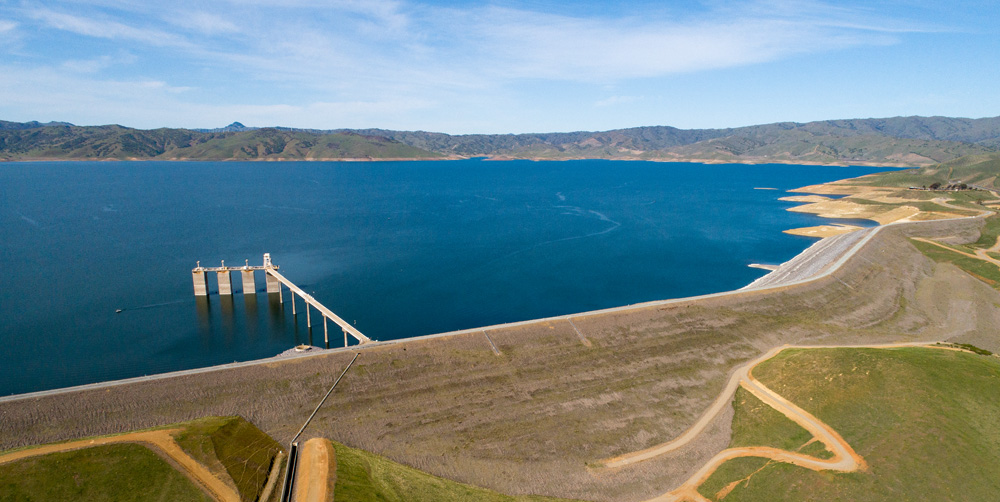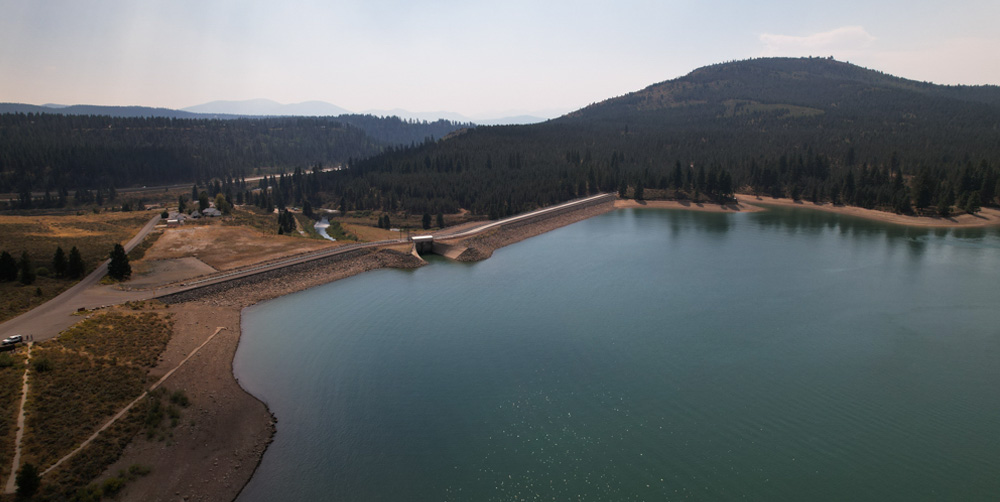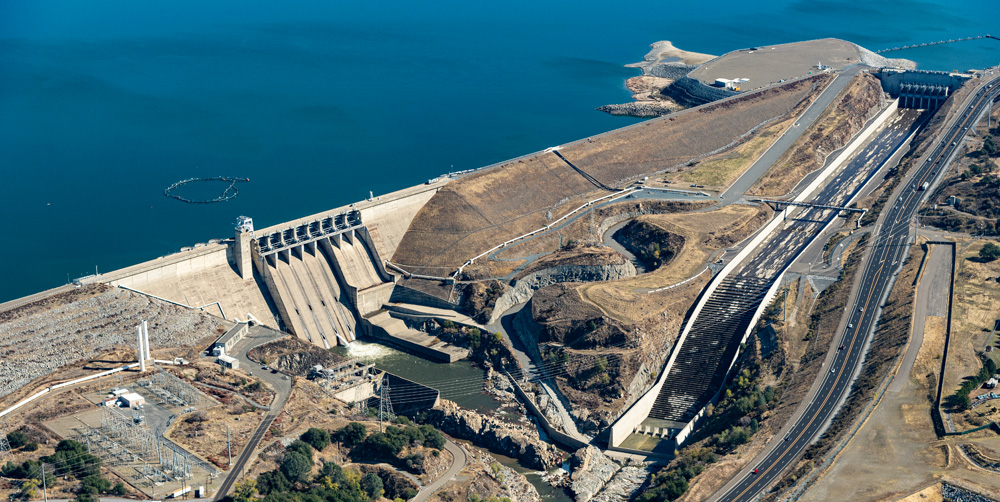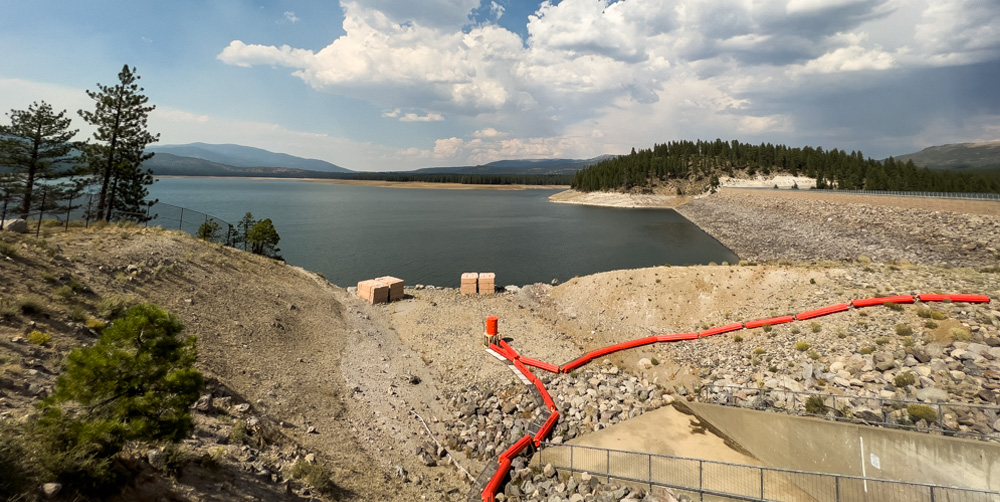Safety of Dams Program
Under the Dam Safety Program, Reclamation regularly monitors, examines and evaluates the performance of dams in its inventory to ensure facilities do not present unreasonable risks to the public, property, or the environment. Issues are evaluated in terms of loading conditions, structural response, and the potential consequences of dam failure. Reclamation strives to provide adequate protection from inherent risks. When risks are determined to be unreasonable, corrective actions are formulated and implemented.
1978 Safety of Dams Act
The Safety of Dams Act was passed in 1978 to authorize the Secretary of the Interior to construct, restore, operate, and maintain new or modified features at existing federal Reclamation dams for safety purposes. The program focuses on evaluating and implementing actions to resolve safety concerns at Reclamation dams.
Safety of Dams Process
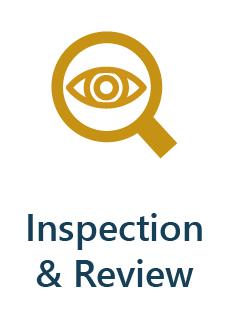
A Comprehensive Review (CR) examines the dam, related construction reports, documentation, and observations comparing findings with new information, technology, and current dam engineering practices.

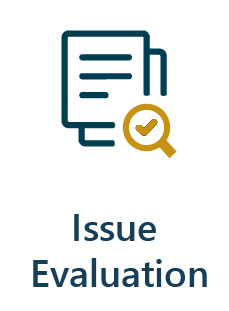
A Comprehensive Review (CR) examines the dam, related construction reports, documentation, and observations comparing findings with new information, technology, and current dam engineering practices.


A Comprehensive Review (CR) examines the dam, related construction reports, documentation, and observations comparing findings with new information, technology, and current dam engineering practices.


A Comprehensive Review (CR) examines the dam, related construction reports, documentation, and observations comparing findings with new information, technology, and current dam engineering practices.
- Inspection and Review. A Comprehensive Review (CR) examines the dam, related construction reports, documentation, and observations comparing findings with new information, technology, and current dam engineering practices.
- A CR is performed every 8 years and a Periodic Facility Review is performed halfway through the CR cycle so that major reviews are accomplished every 4 years. Annual reviews are performed during the other years.
- A CR is performed every 8 years and a Periodic Facility Review is performed halfway through the CR cycle so that major reviews are accomplished every 4 years. Annual reviews are performed during the other years.
- Issue Evaluation. Stemming from recommendations and findings in the CR process, this phase involves additional studies focusing on the evaluation of:
- foundation deposits for liquefaction,
- structural components to withstand earthquakes,
- new hydrologic information, and
- changes in the understanding of loading conditions (such as seismic, static, or hydrologic).
- Corrective Action Study. If justified during the Issue Evaluation step, a Corrective Action Study is initiated with alternatives explored to reduce risks and propose operational changes and/or modifications taking into account environmental, economic, constructability, feasibility, and interim operational constraints.
- Design/Modification. Beginning with the collection of design data and evaluation of materials within the dam, foundation, and/or materials to be imported to be used during construction, surveys and photogrammetry engineering design and analysis begins. Once designed, a contractor selected for the work, Reclamation oversees the construction activities to meet required specifications. Upon project completion, the dam is returned to the beginning of CR Process (Inspection and Review).
For additional information, please contact CGB Region Safety of Dams or call 916-978-5328.

